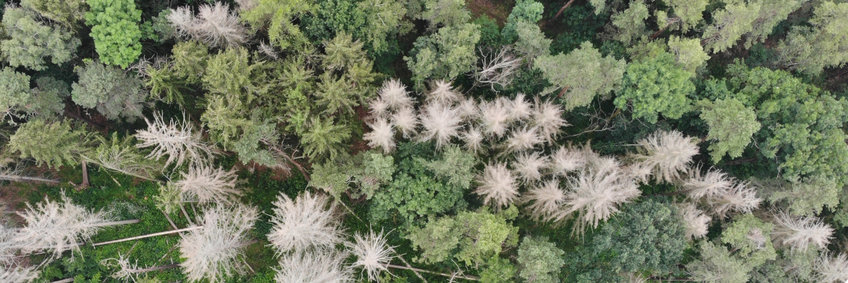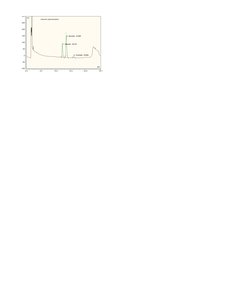
Sugar and starch measurements in plant material
Our team of technicians works closely together with scientists from the different working groups. We assist them in planning, implementing field and greenhouse experiments, and sampling. In the lab the samples are prepared for analysis, dried and extracted. The sample treatment and extraction method depend on the scientific question, origin of the plant, species and tissue (arboreal, shrubby or herbaceous). The methods are adapted and validated together with the scientist depending on the scientific question. For example, we adapted our standard method for stable isotope and radiocarbon analyses.
Water-soluble sugars and starch also called "non-structural carbohydrates" (NSC) have a important function in the metabolism of plants. Sugars are the main product of photosynthesis, they are energy carrier and important compounds in plant metabolism.
Plants store sugars and starch (e.g., on a sunny summer day). These storages are used during periods of low photosynthesis (e.g., at night or in winter) or when demand exceeds production (e.g., bud burst in spring or insect repellency). That’s why sugar and starch are good indicators for carbon balance in plants. We can thus record how plants respond to environmental changes. For this purpose, we extract the carbohydrates from different plant parts (e.g. leaves, twigs, and roots, wood) and determine the concentration with a high performance liquid chromatography (isocratic high performance anion exchange chromatography with pulsed amperometric detection, so called HPAEC-PAD).
When measuring carbohydrates, we focus on the four most important carbohydrates glucose, fructose sucrose as well as starch, the most important non water soluble carbohydrate. HPLC (HPAEC-PAD) enables us to determine precisely and sensitively the most important but also other relevant carbohydrates (e.g. sugar alcohols and raffinose, arabinose). For validation and as standard substance we use three different leaf samples and rice flour.


Publications

